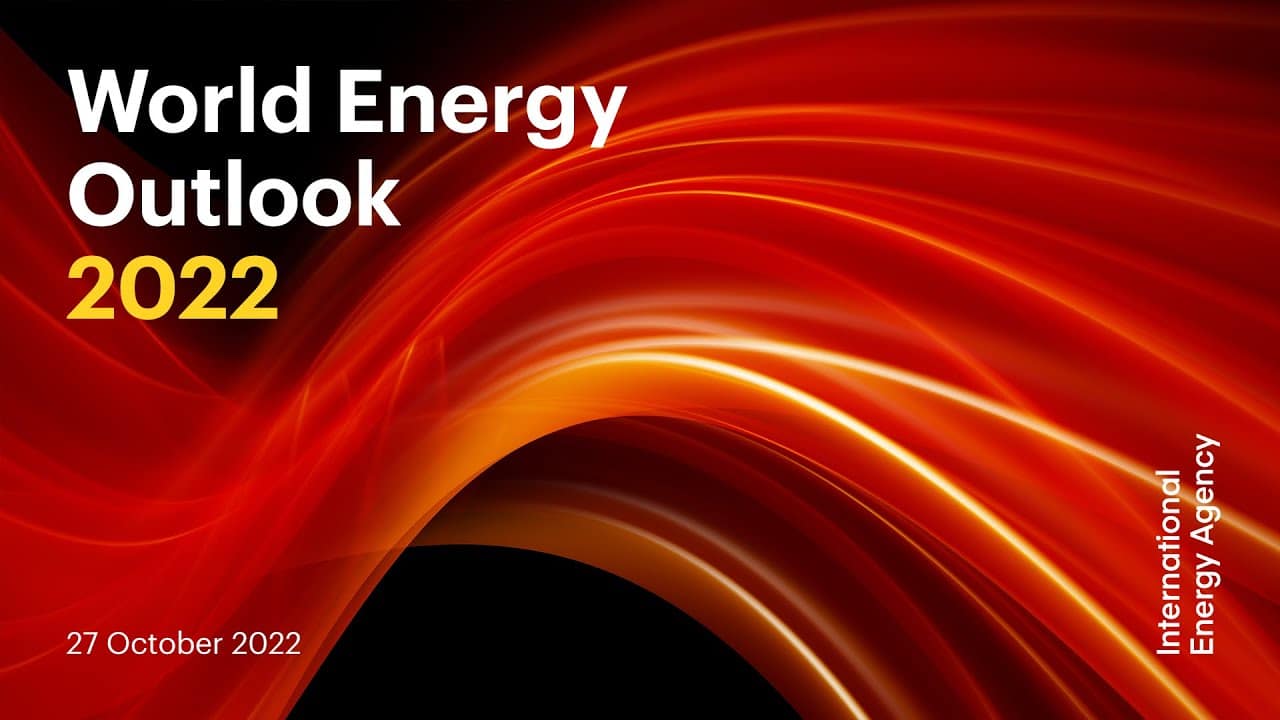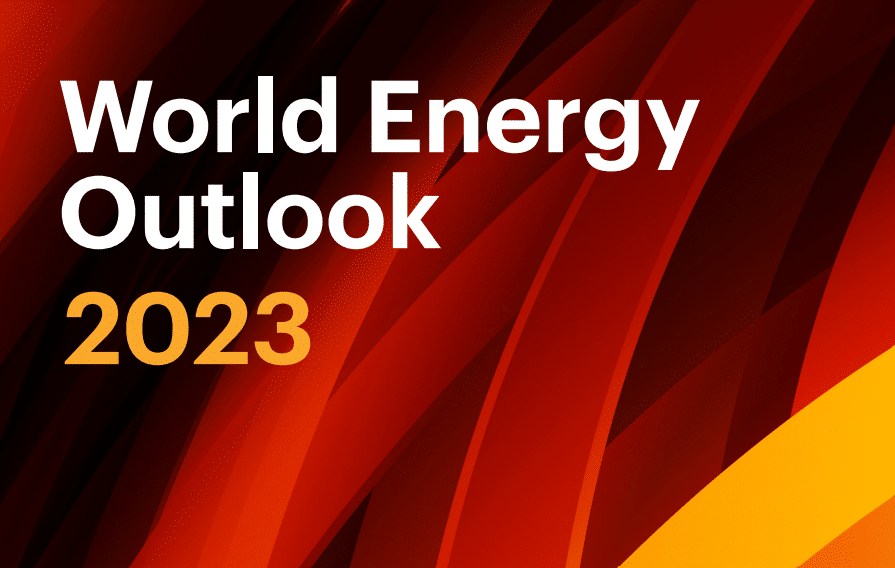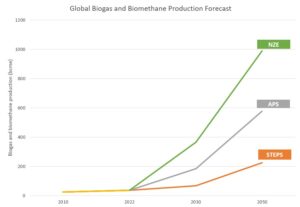

The International Energy Agency (IEA) on 24th October released its annual flagship report – the World Energy Outlook 2023. The report provides critical insights into the future of global energy through in-depth analysis and energy projections.
Charlotte Morton, Chief Executive of the World Biogas Association welcomes the report;
The latest World Energy Outlook makes clear that we must act now to transform our energy systems. It is good to see the IEA growth projections for biogas increasing from 8 per cent to 22 per cent a year to 2030, with actual potential demonstrating these could be even higher with the right support. The WBA is developing a Biogas Framework and International AD Certification Scheme that will facilitate such rapid scale up, which will deliver massive economic advantages to those countries taking the lead.
The IEA World Energy Outlook does not present a single view of the future but instead explores different scenarios that reflect current real-world conditions and starting points.
- STEPS – Stated Policies Scenario – Provides an outlook based on the latest policy settings, including energy, climate and related industrial policies.
- APS – Announced Pledges Scenario – Assumes all national energy and climate targets made by governments are met in full and on time.
- NZE – Net Zero Emissions Scenario – Assumes to achieve Net Zero Emissions by 2050 and limits global warming to 1.5 °C.
What does it say about the biogas and biomethane sector?
Number of mentions of top AD-related keywords in the Outlook:
- Biogas – 20
- Biomethane – 26
- Bioenergy – 93
- Biomass – 47
The report highlights that the share of biomethane in total biogas demand is projected to rise in all scenarios. This is driven by biomethane’s value as a flexible, on-demand energy source that can directly replace conventional natural gas. With its dispatchable qualities and ability to use existing gas infrastructure, biomethane is emerging as a key way to decarbonise gas supplies across sectors.
In the STEPS, combined biogas and biomethane production nearly double by 2030 to reach 80 billion cubic metres equivalent (bcme), while in the APS, total biomethane production will reach 240 bcme by 2050. In the Net Zero Emissions Scenario, biogas and biomethane combined, the global sector will produce close to 200 bcme by 2030 and over 400 bcme by 2050.

The full sustainable potential of bioenergy of around 100 EJ (~2,800 TWh) is fully exploited in the APS and NZE Scenario, with its different forms used across the clean energy economy
According to the IEA analysis, biogas and biomethane are the smallest part of the bioenergy supply chain but play a growing role in sustainable energy, with biomethane seen as a renewable replacement for natural gas that can use existing infrastructure. The report highlights a sizable global potential of around 300 billion cubic meters for biogas and biomethane production from agricultural residues and wastes near major pipelines. This presents a prime opportunity for large-scale development and injection into gas grids.
Key Highlights of the Report
This year’s outlook brings a mix of cautiously optimistic news along with persistent challenges. On the positive side, clean energy momentum is accelerating with solar and wind power leading the way. The report projects global coal demand will peak in the next few years. Oil demand is also set to plateau by the end of this decade. This means the era of fossil fuel growth is coming to a close.
However, fossil fuels still dominate with a 73% share in the energy supply by 2030 (under the Stated Policy Scenario), far above levels needed to reach net zero by 2050. More aggressive policies and investments are vital to drive an orderly clean energy transition.
Here are some key highlights from the 2023 report:
- Solar PV and electric vehicles are experiencing unprecedented growth
- Investment in clean energy has risen by 40% since 2020
- Surging new liquefied natural gas (LNG) export capacity, especially in the US and Qatar, will redesign gas markets starting in 2025. There are risks of LNG oversupply amid uncertain demand.
- India now leads global energy demand growth thanks to urbanisation and industrialisation needs. Africa and Southeast Asia also see robust increases.
- Fossil fuel investment remains far above levels compatible with net zero despite growth slowdowns. Oil and gas investment needs to fall sharply.
- Reaching net zero requires tripling renewables capacity, doubling energy efficiency improvements, and accelerating electrification by 2030.
The report underscores that the door is still open to limit warming to 1.5°C but the world needs to move decisively faster on clean energy transitions. This requires international collaboration on technology innovation, trade and financing – especially for developing nations. The Report further emphasises that, with proven solutions readily available, political will and cooperation are now essential to secure the global climate and energy future.

